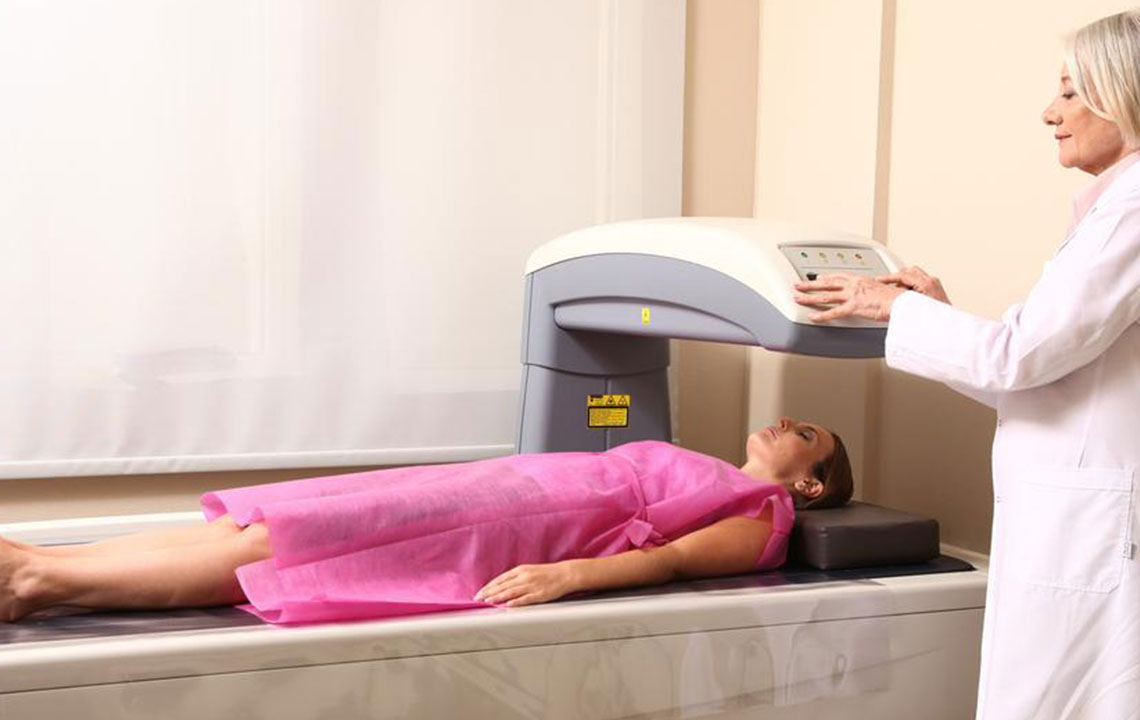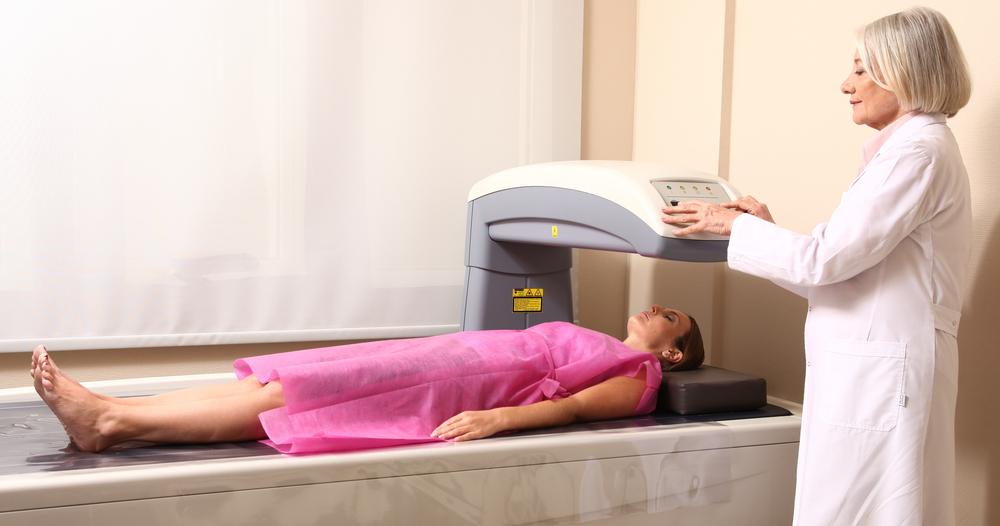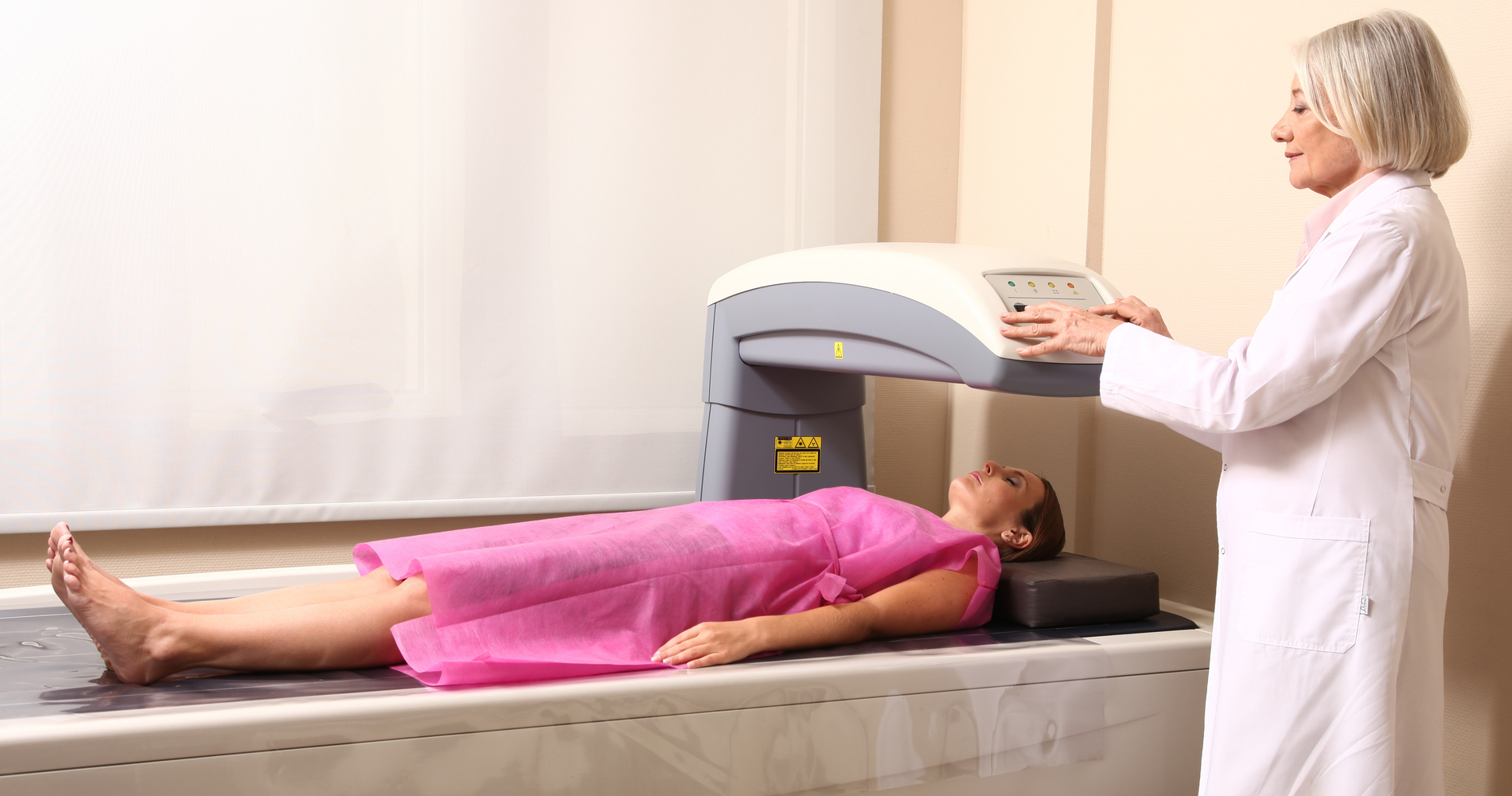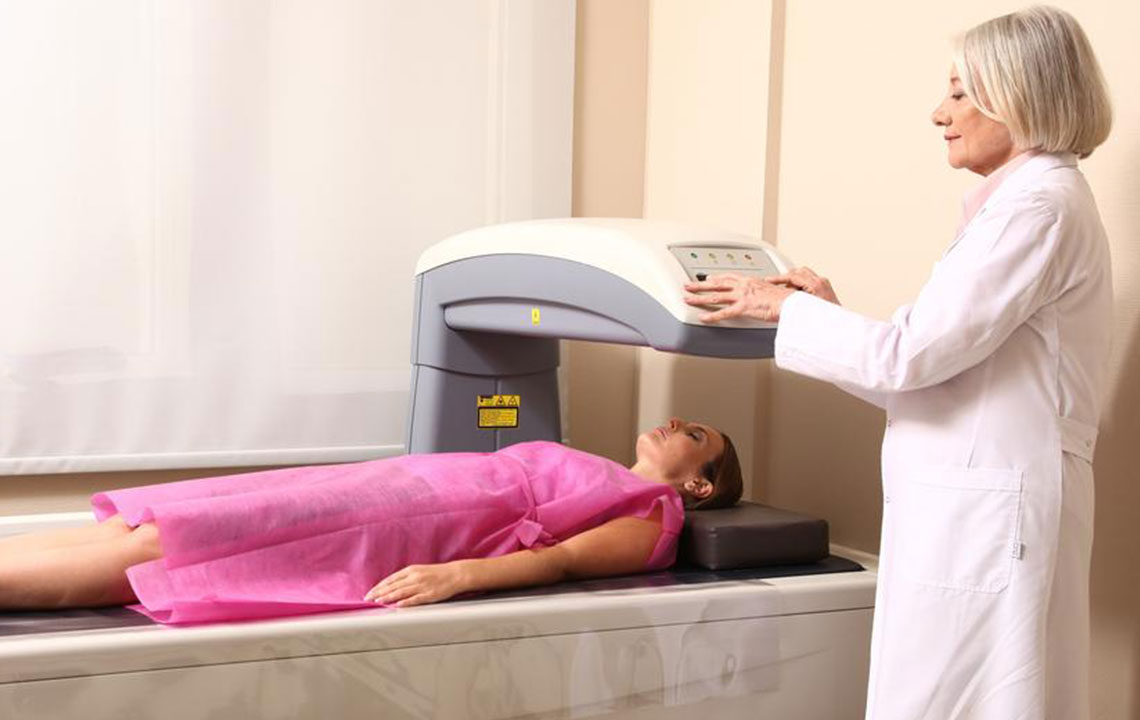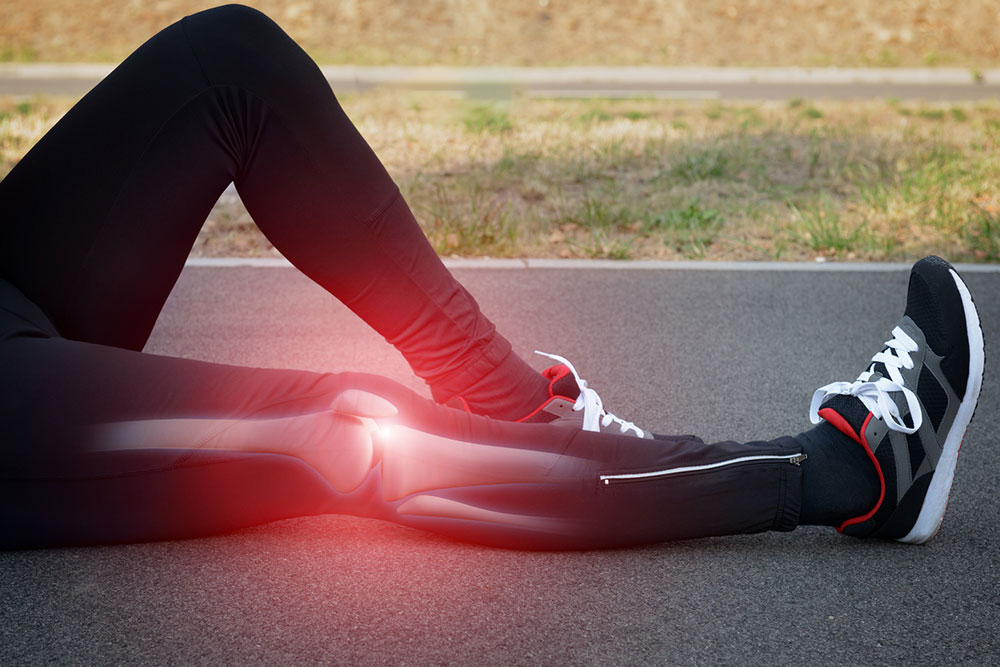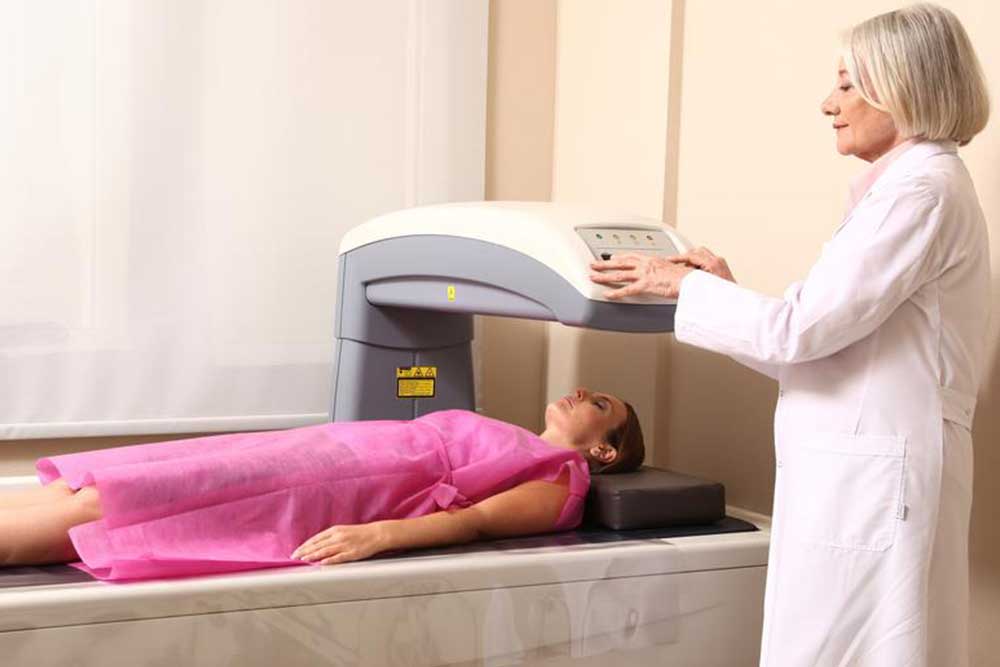Understanding Bone Density Testing: Key Facts and Procedures
Discover the essentials of bone density testing, including its purpose, procedure, and significance in diagnosing osteoporosis. Learn about the different types of machines used, who should consider testing, and what to expect during the process. This quick, painless assessment is key for early detection and prevention of fractures, especially for at-risk groups like postmenopausal women and those on certain medications. Understand its benefits, limitations, and preparation tips to make informed decisions about bone health maintenance.
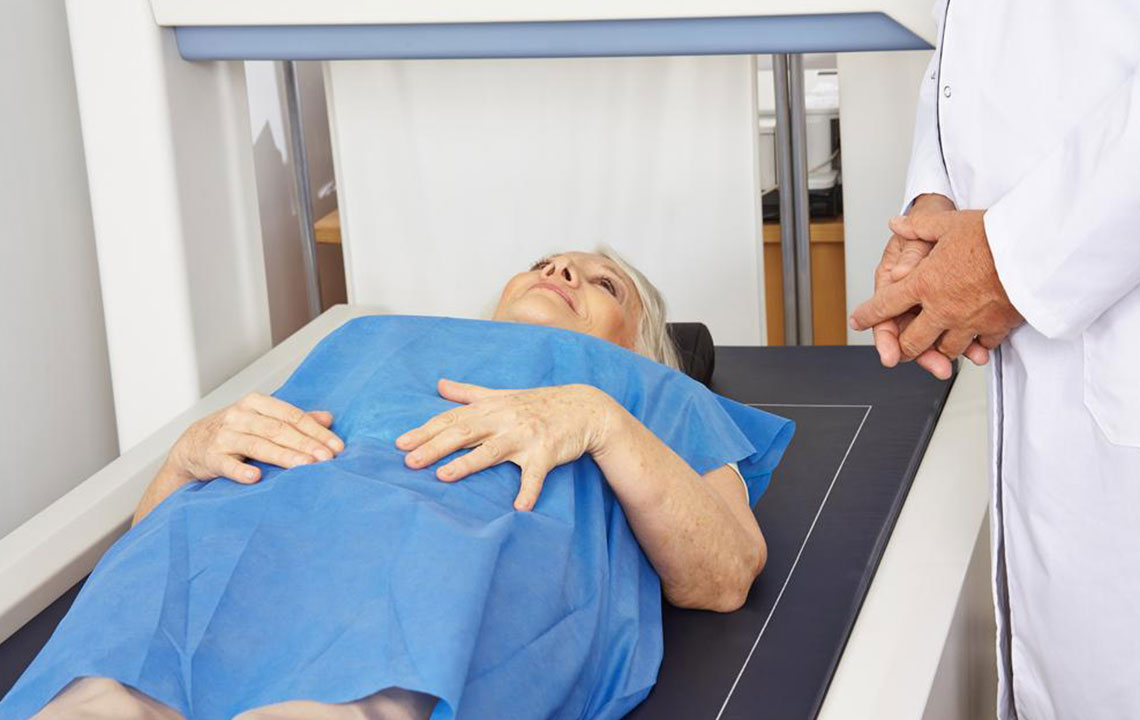
Understanding Bone Density Testing: Key Facts and Procedures
A bone density assessment is essential for diagnosing osteoporosis, a condition that weakens bones and increases fracture risk. Traditionally, osteoporosis was detected after fractures occurred, often too late. Modern tests use X-rays to precisely measure minerals like calcium in specific bones, providing early insights into bone strength. The test mainly examines the hips, spine, and forearms. It helps monitor treatment progress and prevent fractures by identifying bone loss early. Unlike bone scans, which detect other bone issues via injections, bone density tests focus solely on mineral content.
The procedure is recommended for individuals experiencing height loss, fractures from minor impacts, or those on medications like steroids. It’s also advised for transplant recipients and those with hormonal imbalances post-menopause or cancer treatments. While beneficial, some limitations include varying accuracy with portable devices and possible lack of insurance coverage. The test is quick, painless, and requires no special preparation. It typically targets critical bones such as the spine, hips, and forearms, using central or peripheral machines to assess bone mineral density, with the latter being more accessible and affordable.
Note:
Our website provides comprehensive health information based on current research. However, this content shouldn’t replace professional medical advice. For personalized assessment, consult your healthcare provider. We are not responsible for discrepancies in medical data or coverage options. Always verify insurance and review additional diagnostic options for accurate diagnosis and treatment planning.

